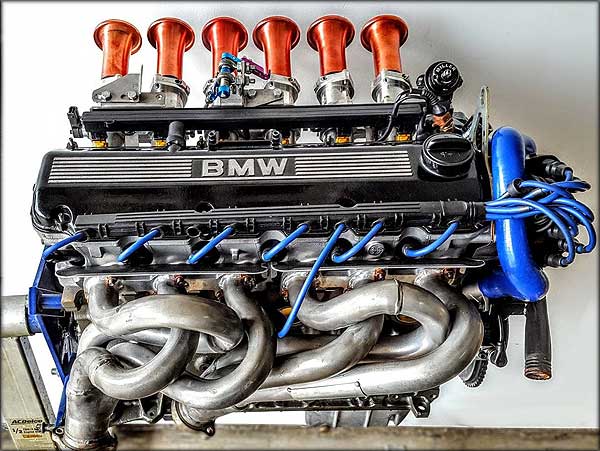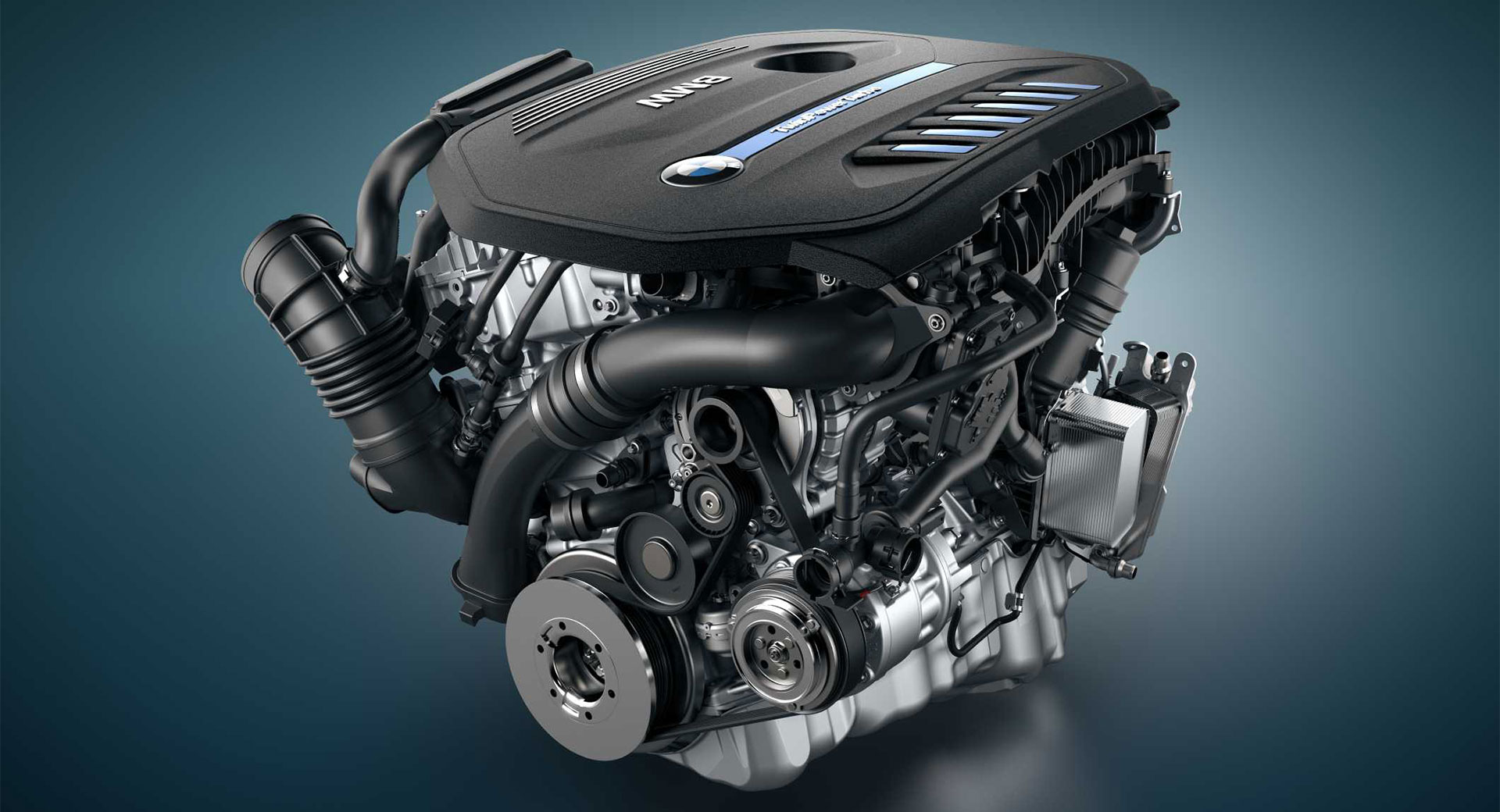A New user's Overview to Picking the Right BMW Engine for Your Requirements
Revealing the Intricacies of Next-Generation Power Units: a Deep Study Advanced Engine Technologies and styles
In the realm of auto engineering, the relentless pursuit of sustainability, performance, and efficiency has driven the evolution of power devices to extraordinary elevations. As we depend on the precipice of a brand-new period in transport, the intricacies of next-generation engine layouts bid us to check out the sophisticated modern technologies and advancements that guarantee to redefine the driving experience. From advanced products that press the borders of sturdiness and weight reduction to innovative turbocharging and turbo charging systems that raise power result to brand-new degrees, each component of these power devices holds a crucial to unlocking the future of auto design. Digging much deeper right into the realms of exhaust control, smart engine administration systems, and the perspective of power system development, we locate ourselves on the cusp of an improvement that guarantees to reshape the landscape of mobility as we recognize it.
Evolution of Engine Materials

The change towards progressed engine materials has likewise made it possible for designers to make engines with higher power outcomes while keeping gas performance standards. As an example, the usage of lightweight materials decreases the general weight of the engine, bring about enhanced gas economy and reduced emissions. In addition, improvements in materials modern technology have enabled far better thermal monitoring within engines, causing increased reliability and longevity.
Turbocharging and Supercharging Technologies
Exactly How do Turbocharging and Supercharging Technologies reinvent engine efficiency and efficiency in contemporary cars? Turbo charging and turbocharging are modern technologies that significantly boost engine performance by increasing the quantity of air intake into the combustion chamber. Turbocharging attains this by using a turbine driven by exhaust gases to pressurize the consumption air, while supercharging makes use of a belt- or chain-driven compressor to achieve the very same impact.
These technologies allow smaller, extra fuel-efficient engines to produce power comparable to larger ones, understood as downsizing. By requiring more air right into the cylinders, turbocharging and turbo charging enhance combustion performance, resulting in increased horsepower and torque result without a considerable increase in engine size. This leads to much better velocity, lugging capability, and general driving efficiency.
In addition, turbocharging and supercharging contribute to improved gas performance by enabling the usage of smaller sized engines that eat less gas under normal driving conditions - bmw engine. This combination of boosted performance and effectiveness has made turbocharging and turbo charging indispensable parts of lots of modern-day engine styles
Exhaust Control and Environmental Influence
With enhancing global concerns relating to air top quality and ecological sustainability, the implementation of emission control technologies in automobiles plays an essential function in lowering harmful pollutants released into the environment. Modern automobiles are outfitted with innovative discharge control systems that help minimize the environmental impact of automobile operations. Catalytic converters, for example, are created to transform poisonous gases such as carbon monoxide gas, nitrogen oxides, and hydrocarbons right into much less hazardous compounds like co2 and water vapor.
Additionally, innovations in engine technology, such as the combination of exhaust gas recirculation systems and careful catalytic decrease, have actually significantly added to decreasing exhausts. These modern technologies function in tandem to optimize burning performance and decrease the launch of dangerous contaminants into the air. Furthermore, the development of crossbreed and electrical automobiles represents an essential step towards reducing the total ecological footprint of find more info the transportation field.
Intelligent Engine Monitoring Systems

In addition, these systems allow cars to fulfill strict exhausts standards without compromising efficiency, offering an extra eco friendly driving experience. The combination of artificial intelligence and artificial intelligence capacities in engine administration systems remains to push the borders of what is possible, bring about additional improvements in performance, reliability, and general vehicle performance. bmw engine. As auto innovation advancements, smart engine management systems will certainly play a critical function in forming the future of transport in the direction of a much more sustainable and effective instructions
Future Trends in Power Device Development
As intelligent engine monitoring systems lead the way for enhanced control and optimization in contemporary cars, future trends in power system growth are positioned to redefine the landscape of vehicle propulsion modern technologies. These different power resources provide enhanced effectiveness and performance while lining up with strict environmental regulations.
An additional substantial fad is the combination of sophisticated materials and manufacturing strategies. Lightweight materials such as carbon fiber and light weight aluminum are being made link use of to lower general automobile weight, improving fuel performance and efficiency. In addition, advancements in 3D printing and additive production are making it possible for the manufacturing of complicated engine components with greater accuracy and longevity.
Furthermore, artificial intelligence and artificial intelligence are playing a crucial duty in enhancing power unit efficiency. These modern technologies enable real-time tracking and flexible control, causing much more reliable and trusted power delivery. Overall, future fads in power unit development are tailored towards efficiency, sustainability, and efficiency, driving the auto market in the direction of a new age of propulsion technologies.

Final Thought
In verdict, the advancements in engine materials, turbocharging, exhaust control, and smart management systems have paved the means for next-generation power units. The elaborate styles and technologies in modern engines showcase the continuous evolution of automobile innovation.
Discovering the dynamic advancements in engine materials has actually been pivotal in improving the basics performance and efficiency of modern engines. Over the years, the development of engine materials has played a vital duty in pressing the limits of what engines can accomplish.The change in the direction of advanced engine products has likewise allowed engineers to create engines with higher power outcomes while keeping gas effectiveness criteria.The application of smart engine monitoring systems in modern lorries has revolutionized the method engines are controlled and optimized for efficiency and effectiveness. By gathering information in real-time and assessing it with innovative formulas, intelligent engine management systems can adjust to driving designs, ecological factors, and engine health to make best use of power result while minimizing fuel consumption and exhausts.